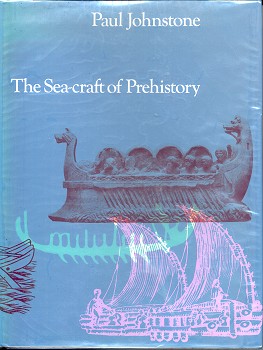
surfresearch.com.au
johnstone : sea-craft
prehistory, 1980
| home | catalogue | history | references | appendix |
 |
surfresearch.com.au
johnstone : sea-craft
prehistory, 1980
|

 |
Prepared for publication by Sean McGrail. Routledge and Keegan Paul Ltd., London, 1980. |

| home | catalogue | history | references | appendix |